High fructose consumption aggravates inflammation by promoting effector T cell generation via inducing metabolic reprogramming
- PMID: 40854873
- PMCID: PMC12379281
- DOI: 10.1038/s41392-025-02359-9
High fructose consumption aggravates inflammation by promoting effector T cell generation via inducing metabolic reprogramming
Abstract
The intake of sugars, especially glucose and fructose, has significantly increased with the change of lifestyle. Excessive intake of sugar has been proven to be associated with tumors and inflammatory diseases. Fructose directly mediates innate immune responses; however, whether it can directly regulate T-cell immunity remains unknown. We show that high fructose consumption accelerates the development of inflammatory bowel disease (IBD) by promoting the generation of T helper 1 (Th1) and T helper 17 (Th17) cells. It was demonstrated that fructose promotes the differentiation of Th1 and Th17 cells directly by enhancing mechanistic target of rapamycin complex 1 (mTORC1) activation through the glutamine metabolism-dependent pathway. Reactive oxygen species (ROS)-induced activation of transforming growth factor-β (TGF-β) is also involved in fructose-induced Th17 cell generation. Moreover, metformin can reverse Th1 and Th17 cell generation induced by fructose by suppressing mTORC1 activation and reducing ROS-mediated TGF-β activation. Finally, we identified metformin as an in vivo therapeutic drug for relieving high fructose consumption-induced T-cell inflammation and colitis aggravation. Our study revealed a previously unknown adverse effect of high fructose consumption in disrupting immune homeostasis and exacerbating IBD by directly promoting T-cell immunity, and showed metformin is a potential therapeutic for reversing the T cell immune imbalance caused by long-term high fructose consumption.
© 2025. The Author(s).
Conflict of interest statement
Competing interests: The authors declare no competing interests.
Figures

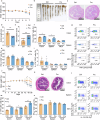

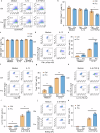

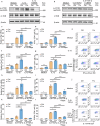
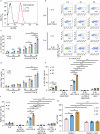
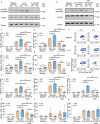
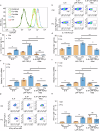
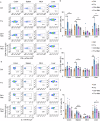
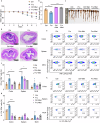
References
MeSH terms
Substances
Grants and funding
LinkOut - more resources
Full Text Sources

